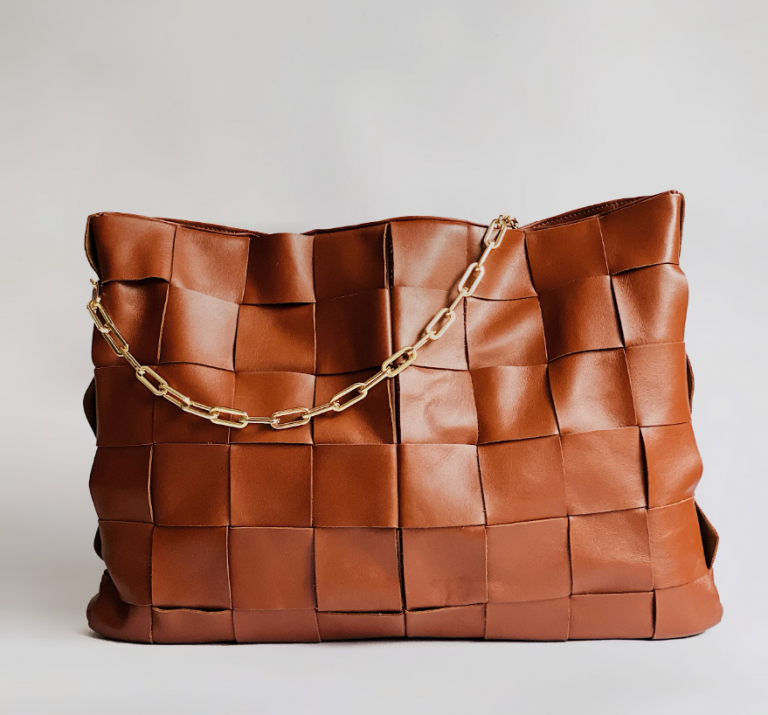
Introduction: Why Sunglasses Matter More Than Ever
In today’s world, sunglasses aren’t just a fashion statement — they’re essential health gear. As UV radiation intensifies due to ozone depletion and increased outdoor activity, our eyes are constantly exposed to harmful rays. That’s where modern sunglasses come into play, offering a potent blend of protection and panache. But not all sunglasses are created equal. So how do you find the perfect pair that checks all the boxes? Let’s dig deep.

Understanding UV Protection
Types of UV Rays
Ultraviolet (UV) rays are invisible to the naked eye and come in three forms: UVA, UVB, and UVC. While UVC rays are mostly absorbed by the Earth’s atmosphere, UVA and UVB rays reach our eyes and skin. UVA rays penetrate deep into the eye and contribute to aging and long-term damage, while UVB rays are more intense and are responsible for sunburns and eye inflammation.
The Dangers of UV Exposure
Long-term exposure to UV rays without proper protection can cause cataracts, macular degeneration, and even eye cancers. Think of it like leaving furniture near a window — over time, it fades and weakens. Your eyes are no different.
What Does UV400 Mean?
UV400 lenses block all light rays with wavelengths up to 400 nanometers, covering both UVA and UVB. It’s the gold standard for eye safety. If your sunglasses don’t have this label, they may be stylish — but they’re not safe.
How Sunglasses Protect Your Eyes
Lens Technology Explained
Modern sunglasses use layers of special coatings that act like sunscreen for your eyes. These include anti-reflective, mirror coatings, and multi-layer UV blockers. Some high-end lenses even filter specific wavelengths to enhance color and contrast.
Polarized vs Non-Polarized Lenses
Polarized lenses reduce glare from reflective surfaces like water and pavement. They’re ideal for driving, boating, or beach days. But for pilots or those using digital screens, polarization might interfere with visibility. It’s not about better or worse — it’s about your lifestyle.
Style Meets Function: The Evolution of Sunglasses Design
From Utility to Fashion Staple
Originally designed for pilots and skiers, sunglasses have become a cornerstone of fashion. Brands like Ray-Ban and Persol turned military-grade eyewear into red-carpet essentials. Today, they’re as much about self-expression as they are about safety.
Designer Trends in 2025
This year, we’re seeing a shift toward oversized frames, geometric shapes, and nostalgic retro looks. Think ’70s glam with modern materials. Transparent frames, pastel tints, and gradient lenses are leading the way.
Key Features to Look for in Quality Sunglasses
Frame Materials
From classic acetate to high-performance TR90 and titanium, the material affects weight, durability, and comfort. Acetate offers rich color and a smooth finish, while titanium is ultra-light and corrosion-resistant.
Lens Coatings and Enhancements
Look for anti-scratch, anti-glare, and hydrophobic coatings. Some premium lenses also offer blue-light protection, great for screen-heavy lifestyles.
Fit and Comfort
No matter how stylish, poorly fitting sunglasses are a no-go. Adjustable nose pads, flexible temples, and wrap-around frames ensure they stay put — even during intense activities.
Top Sunglasses Brands Reviewed
Ray-Ban: The Timeless Classic
With icons like the Wayfarer and Aviator, Ray-Ban has mastered the balance of form and function. Their lenses provide solid UV protection, and the designs never go out of style.
Oakley: For the Active and Adventurous
Oakley’s High Definition Optics are second to none. Whether you’re cycling, skiing, or trail running, Oakley sunglasses offer unparalleled clarity and grip.
Warby Parker: Affordable Style
Combining stylish frames and prescription lenses at a fair price, Warby Parker is perfect for the modern minimalist. Bonus: they offer a free home try-on kit.
Maui Jim: High-End Optical Quality
Maui Jim’s PolarizedPlus2 lenses offer vivid color and sharp contrast. Ideal for tropical adventures or simply elevating your everyday look, they’re a premium choice.
Budget vs Luxury: Is Expensive Always Better?
What You Get at Each Price Point
Higher price often means better materials, longer-lasting coatings, and designer aesthetics. But mid-range brands can still deliver great UV protection and decent style — without the luxury markup.
Are Cheap Sunglasses Safe?
Surprisingly, yes — if they’re labeled UV400. The problem is consistency. Many inexpensive brands cut corners on lens quality, which can distort vision or strain your eyes over time.
Sunglasses for Different Face Shapes
Round, Oval, Square, and Heart Face Shapes
Your face shape determines which sunglasses will complement your features. Square faces suit round or oval frames, while heart-shaped faces shine with cat-eye styles. Oval faces? Lucky you — almost any style works.
Finding the Perfect Match
Try the “mirror test” at home or use online virtual try-on tools. And always check if the frame aligns with your brow line — it’s a simple trick that makes a big difference.
Sustainable and Eco-Friendly Options
Recycled Materials and Ethical Brands
Brands like Parafina and Sunski are leading the charge with frames made from recycled plastic, aluminum, or even ocean waste. They prove that sustainability doesn’t mean sacrificing style.
Are They as Protective and Stylish?
Absolutely. Many eco-conscious sunglasses meet the same UV400 standards and offer trendy designs. You’re not just protecting your eyes — you’re protecting the planet.
Prescription and Smart Sunglasses
Blue Light Filtering and Transitions Lenses
For those needing vision correction, brands now offer prescription sunglasses with UV and blue-light filtering. Transitions lenses that darken under sunlight are also gaining popularity.
Augmented Reality and Smart Functions
From Bose Frames with built-in speakers to Ray-Ban Meta smart glasses with cameras and voice control, the line between fashion and tech continues to blur.
Care Tips to Extend Lifespan
Cleaning the Right Way
Always use a microfiber cloth and lens-safe cleaning spray. Avoid paper towels or shirt sleeves — they can scratch the lens surface like sandpaper on glass.
Storage and Handling Tips
Store them in a hard case when not in use, and avoid tossing them into bags unprotected. A little care goes a long way in keeping your shades scratch-free and functional.
Conclusion: Finding the Balance Between Protection and Style
Sunglasses have evolved far beyond being simple sun-blockers. They’re high-tech eye protectors, fashion power players, and even sustainability statements. The key is finding a pair that suits your lifestyle, face shape, and values — all while providing the gold-standard UV protection your eyes deserve. Choose wisely, and you won’t just look good — you’ll see better, longer, and safer.
FAQs
1. How can I tell if sunglasses offer true UV protection?
Look for a UV400 label or certification. If in doubt, ask for verification from the seller or get them tested at an optical store.
2. Are polarized lenses better than regular lenses?
They’re not inherently better, just different. Polarized lenses reduce glare — ideal for driving or water sports — but may interfere with screen visibility.
3. Can children wear the same sunglasses as adults?
No. Kids need specially designed sunglasses with proper fit and lens curvature for effective protection and comfort.
4. Do sunglasses expire or lose their UV protection over time?
Yes, especially cheap ones. UV coatings can degrade. It’s wise to replace sunglasses every 2–3 years or if lenses show damage.
5. What’s the best way to clean and maintain my sunglasses?
Use lens cleaning solution and a microfiber cloth. Store them in a hard case and avoid placing them lens-down or exposed to heat.
Let me know if you’d like the same article translated into Chinese or adapted for a different category (like sportswear or luxury fashion).
询问 ChatGPT工具






